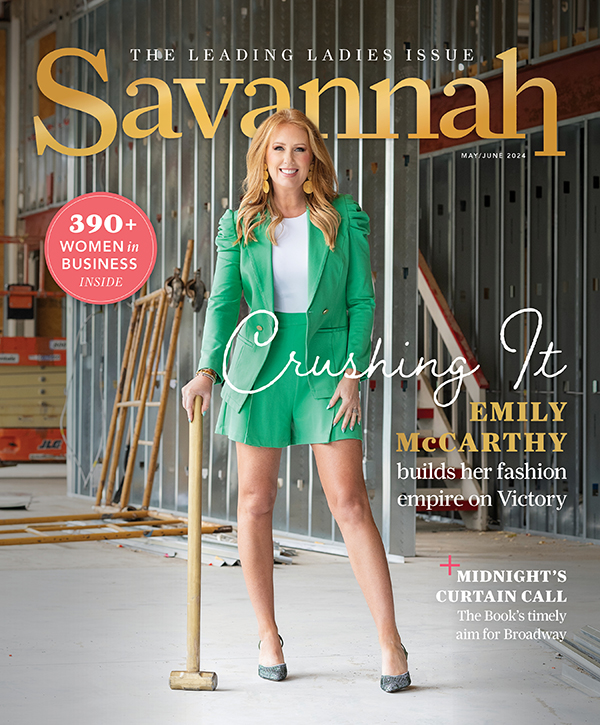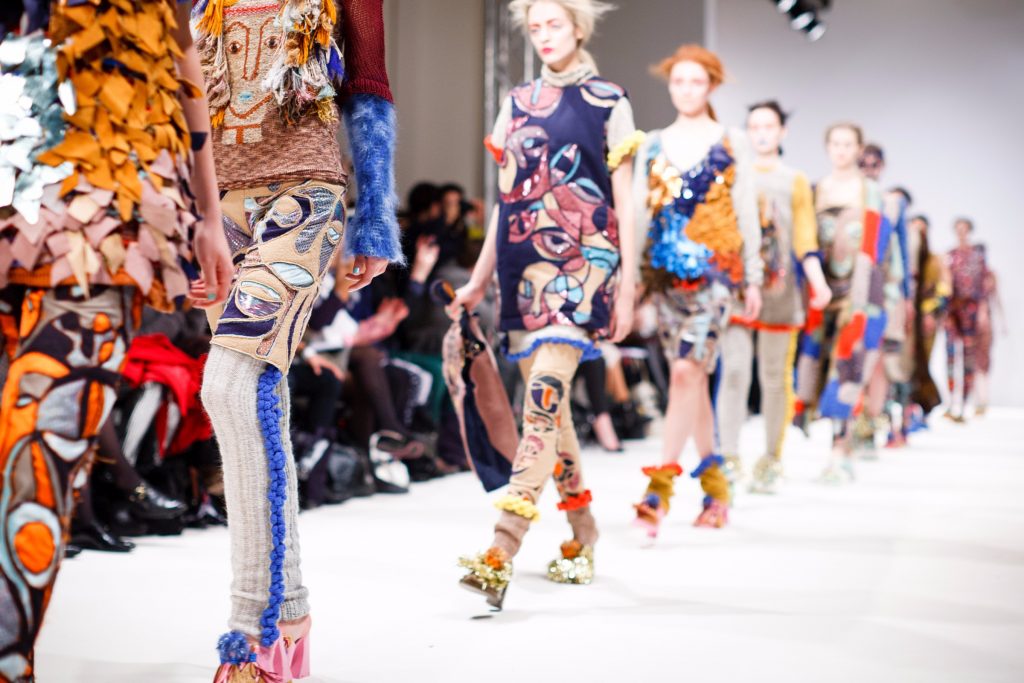In this age of anything-goes style choice, have you ever wondered what a real fashion revolution looks like? Danielle Austin gets a glimpse.
Thanks to Versailles’73: American Runway Revolution, a documentary written and directed by Savannah-native Deborah Riley Draper, you can relive the night in November 1973 when five American designers won the most profound battle in fashion history. Their weapons of choice: Fresh, ready-to-wear designs and bold African-American models who marched like soldiers and turned like dancers.

Draper doesn’t leave any casualties on the battlefield in this carefully crafted film—a true David-and-Goliath story that pits the reigning fashion capital of Paris against the upstarts from New York. Draper examines every angle, from the catfights behind the scenes to the catwalks that turned the fashion industry upside down. And, of course, she does it with style.
The film opens with archival footage of Walter Cronkite reporting about the lavish fundraiser that helped restore The Palace of Versailles. Then, the film cuts to a whirlwind of fashion photos and fast-paced music from the ‘70s as the opening credits roll. The story unfolds through a series of interviews and well-placed documents, photos and videos from 1973.

The mastermind behind the fundraiser-turned-fashion throwdown, publicist Eleanor Lambert, knew that an international runway challenge would put her clients Anne Klein, Stephen Burrows, Bill Blass, Oscar de la Renta and Halston—as well as New York—on the fashion map. But these newcomers were going up against established French heavyweights—Yves St. Laurent, Hubert de Givenchy, Pierre Cardin, Emanuel Ungaro and Christian Dior designer Marc Bohan. And even though Lambert wasn’t necessarily planning on a fashion revolution, she believed wholeheartedly that a change was gonna come.
“Eleanor Lambert was tough, but she loved American fashion and she thought we had a voice and she was set to prove that to the world. And she did, there in Versailles in 1973,” recalls Burrows in the film.
The French might have been reluctant to hear that voice, but by the time the show was over, they had to admit that American designers had changed the course of fashion. And in more ways than one.
While most people are aware of the affects this show had on the descent of haute couture and ascendance of ready-to-wear designs, a story that isn’t as commonly told is how it broke down barriers for African-Americans models in the fashion industry.
After seeing 12 black models walk in the American show, audience members were shocked—in the best way possible. These women exuded a radiant energy with each step they took. It was unlike anything anyone had seen on the traditional European runways and they couldn’t get enough—an attitude that has since changed in today’s fashion industry.

But Draper allows us to reminisce about a time when the fashion industry celebrated our differences through the riveting and often humorous first-hand accounts of Versailles models Pat Cleveland, Billie Blair, Alva Chinn, designer Burrows and a variety of art historians and curators—some of whom Draper interviewed at Versailles.
“To be able to shoot in the actual theatre and the King’s apartment and go to all the places that the girls had described, I felt like I was there 9in ‘730,” said Draper. And so will the viewers watching the film.
Even though it took 40 years for someone to tell this truly American story, it’s apparent that Draper was the one to tell it. Cast members Burrows, Cleveland and Silver agree. All three were on hand with Draper for a panel discussion following the screening.

Versailles ’73: American Runway Revolution might have been Draper’s directorial debut, but the film feels as if it was made by a seasoned documentarian. And pretty soon she will be. She’s already working on another fashion documentary about model Donyale Luna as well as two features films, one of which Savannahians may get to be a part of.
“I think when I’m going to do my feature, I’m going to come home and shoot it because there’s so much talent here [Savannah] and a lot of movies are shot here. Plus it will be good to be home,” said Draper.
Read Danielle’s Savannah Morning News opinion piece on racism in the fashion industry HERE >>


